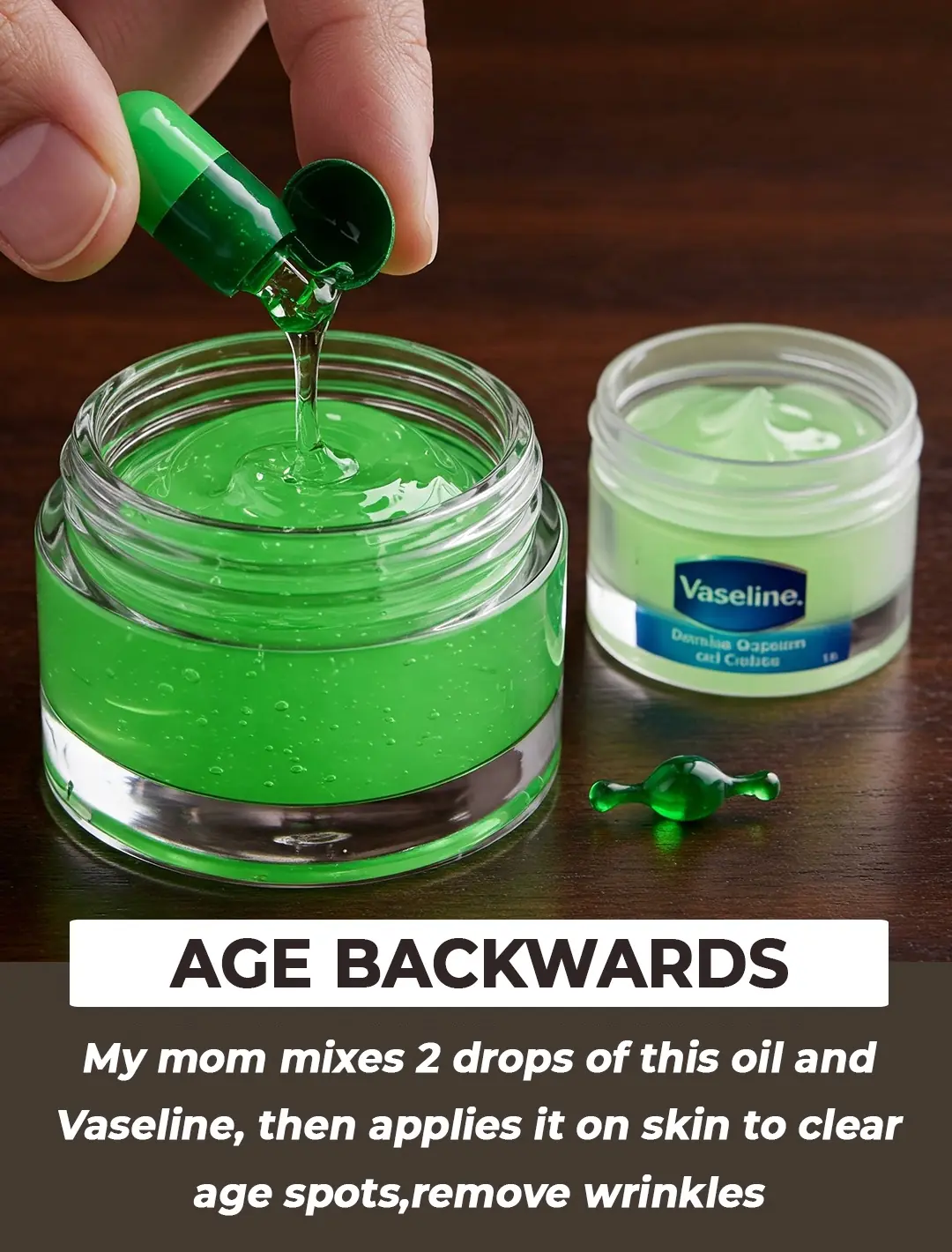
Why You Should Sprinkle Salt on Your Gas Stove
It might sound like an odd cleaning hack at first, but sprinkling salt on your gas stove can actually deliver surprisingly powerful results — without using harsh chemicals or expensive cleaning products.
🌟 The Science Behind It
Salt isn’t just for seasoning. Thanks to its hygroscopic properties (meaning it absorbs moisture), salt helps dry out sticky spills, loosen grease, and prevent rust from forming on metal surfaces. When sprinkled over a dirty stovetop, salt acts as a natural abrasive that gently scrubs away burnt residue without scratching the surface — unlike steel wool or harsh scouring pads (Times of India).
According to Better Homes & Gardens, salt’s crystalline texture allows it to “buff away grime and oil stains safely,” especially on stainless steel or enamel surfaces. It’s also naturally antibacterial, which means it helps reduce odor and keeps your cooking area hygienic.
Many home experts even recommend sprinkling salt on hot spills as soon as they happen — it soaks up the liquid and prevents the mess from hardening later (Dummies.com).
🧂 How to Use Salt to Clean Your Stove
-
Wipe off loose debris: First, make sure the stove is completely cool, then remove any food bits or loose grease.
-
Sprinkle a layer of salt: Use coarse or table salt and spread it evenly across stained or greasy spots.
-
Add baking soda and vinegar (optional): For stubborn stains, mix salt with a bit of baking soda and drizzle on some white vinegar. The fizzing reaction helps lift away deep-seated grime (Food52).
-
Cover and wait: Place a damp paper towel or cloth over the area and leave it for 10–20 minutes. The moisture activates the cleaning effect.
-
Scrub gently: Use a soft cloth or an old toothbrush to massage the mixture into the surface. You’ll notice the residue starting to lift off.
-
Wipe clean and dry: Remove the salt mixture with a damp towel, then dry thoroughly to prevent rust.
⚠️ Important Tips
-
Never use steel scrubbers or metal sponges — they can scratch the enamel or stainless steel surface, making it more prone to dirt buildup later.
-
Always ensure the stove is completely dry before turning it on again. Moisture can interfere with ignition and even cause minor rusting around the burner caps.
-
For extra shine, you can finish by wiping with a bit of lemon juice, which neutralizes any lingering odors and gives the surface a clean scent.
🔧 Bonus: Fixing Weak Ignition
If your gas stove struggles to ignite after long use, the problem might be grease or dust buildup around the ignition pin. Simply use a cotton swab or paper towel to gently clean the spark tip. You can also use a toothpick to unclog the small holes in the burner ring — once clean, the blue flame should burn evenly again.
✅ In Short
A spoonful of salt isn’t just for flavor — it’s a budget-friendly, eco-safe cleaning agent that can keep your stove shiny, odor-free, and functioning like new. And the best part? It’s sitting right in your kitchen cabinet.
News in the same category

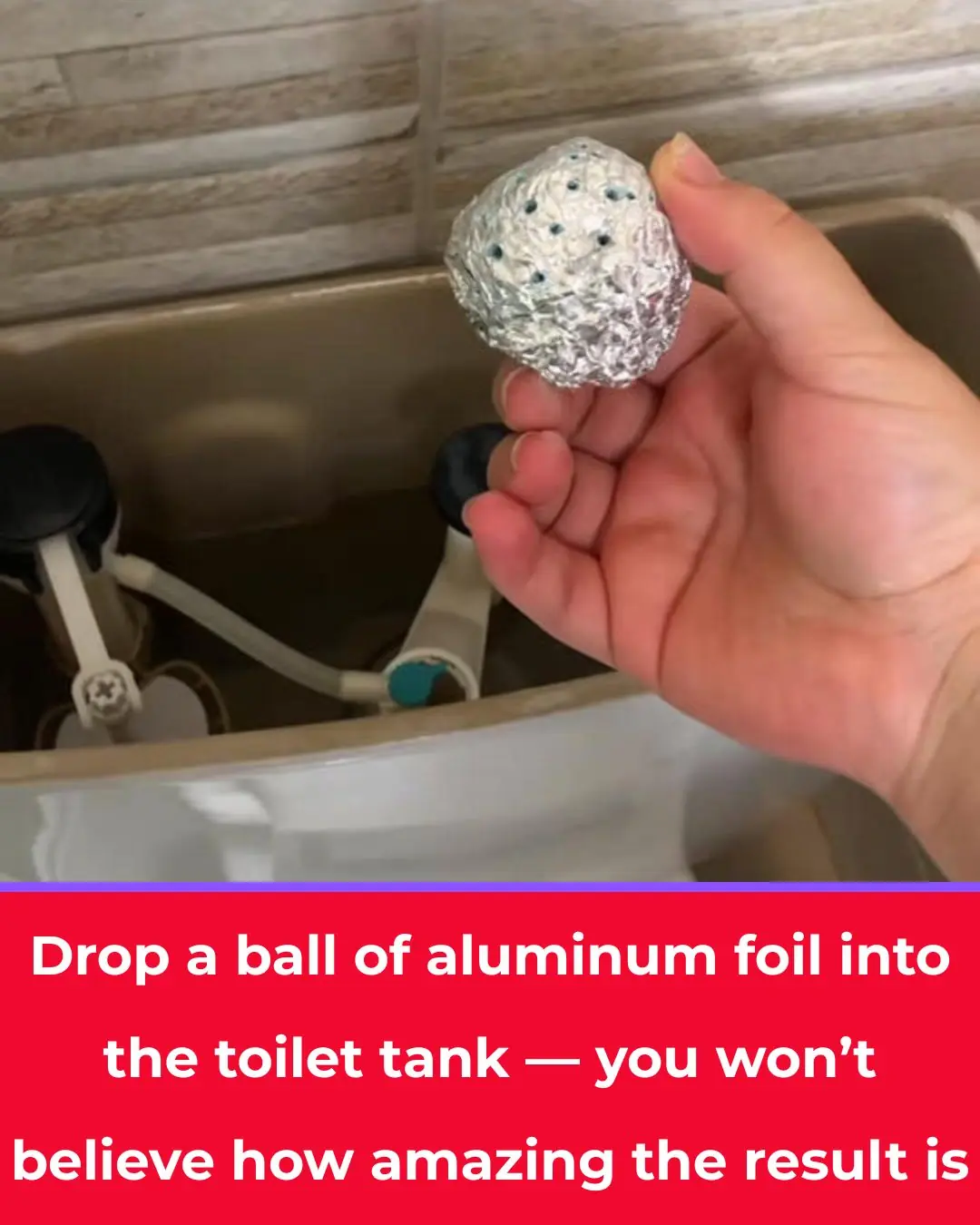
Drop a Silver Foil Ball Into Your Toilet — The Results Are Surprisingly Brilliant

5 Amazing Health Benefits of Drinking Fresh Turmeric Water

3 Flowers That Make Snakes Tremble — Natural Repellents You Can Grow at Home
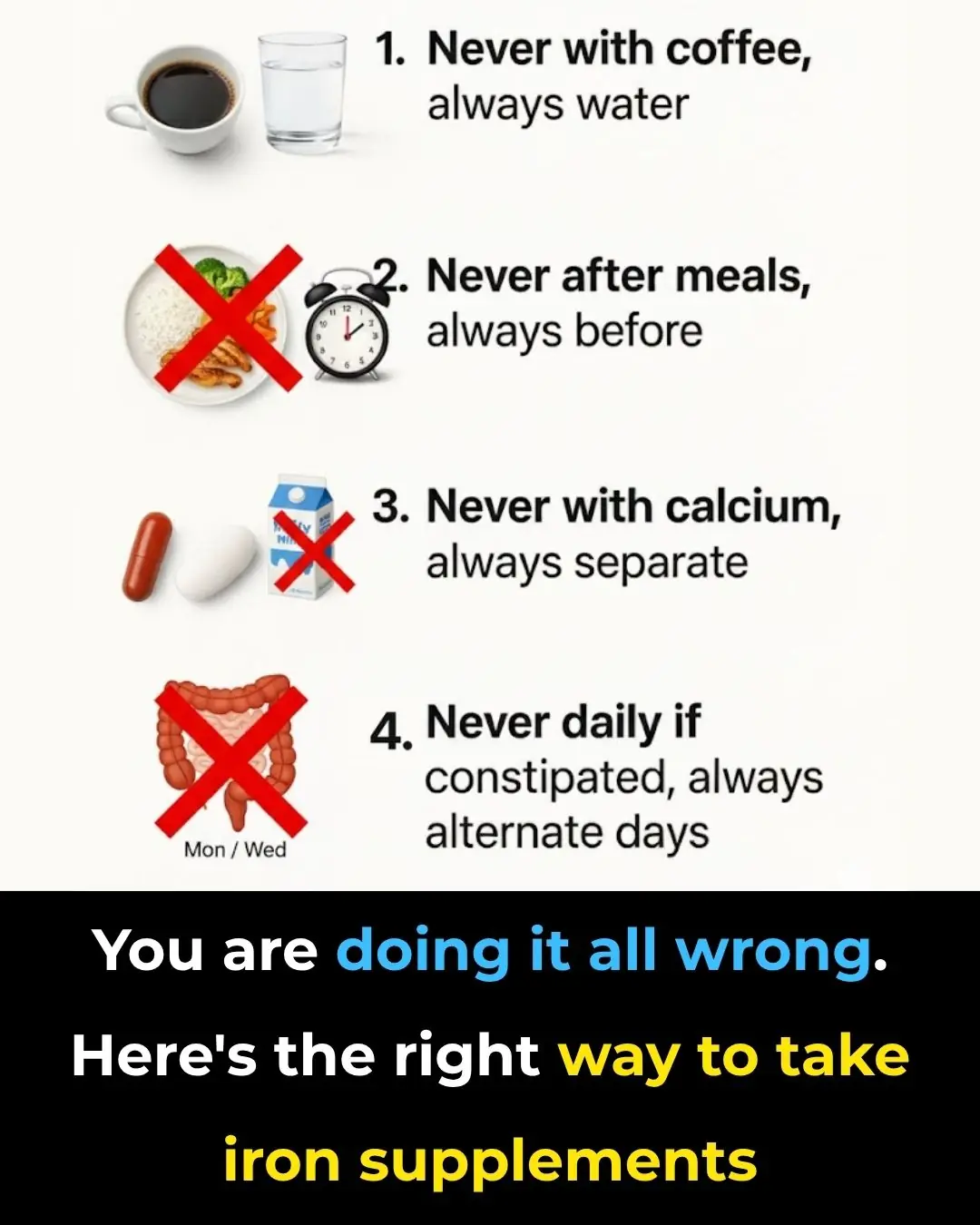
You’re Taking Iron Supplements Wrong — Here’s the Science-Backed Way to Do It Right

Nana’s Baking Soda Hack: The Surprisingly Effective Trick to Soften and Thin Thick Toenails

Never Mix Medications in One Box: 10 Serious Risks Most People Don’t Know

The Right Way to Take Ashwagandha: A Science-Backed Guide to Unlock Its Full Potential

‘One Less Thing That I Have to Think About’: Michelle Obama Dishes on Life After the White House and the Freedom That Came With It

78-Year-Old Grandmother Is Inspiring Others To Stay Active Through Powerlifting

Coco Gauff Donates $100K to UNCF to Fund Scholarships for HBCU Tennis Players

Honoring Revolutionary Audre Lorde: The Poet Who Dared Us All To Be Powerful

5 Black YouTube Channels That Make Exercising Fun For Beginners

Grant Hill and Chris Webber Join Ownership Group to Bring WNBA Team Back to Detroit

Remembering Civil Rights Titan and Congressman John Lewis

Boiling Sweet Potatoes: Don’t Just Add Plain Water—Add This Spoonful for Perfectly Fluffy, Sweet Results
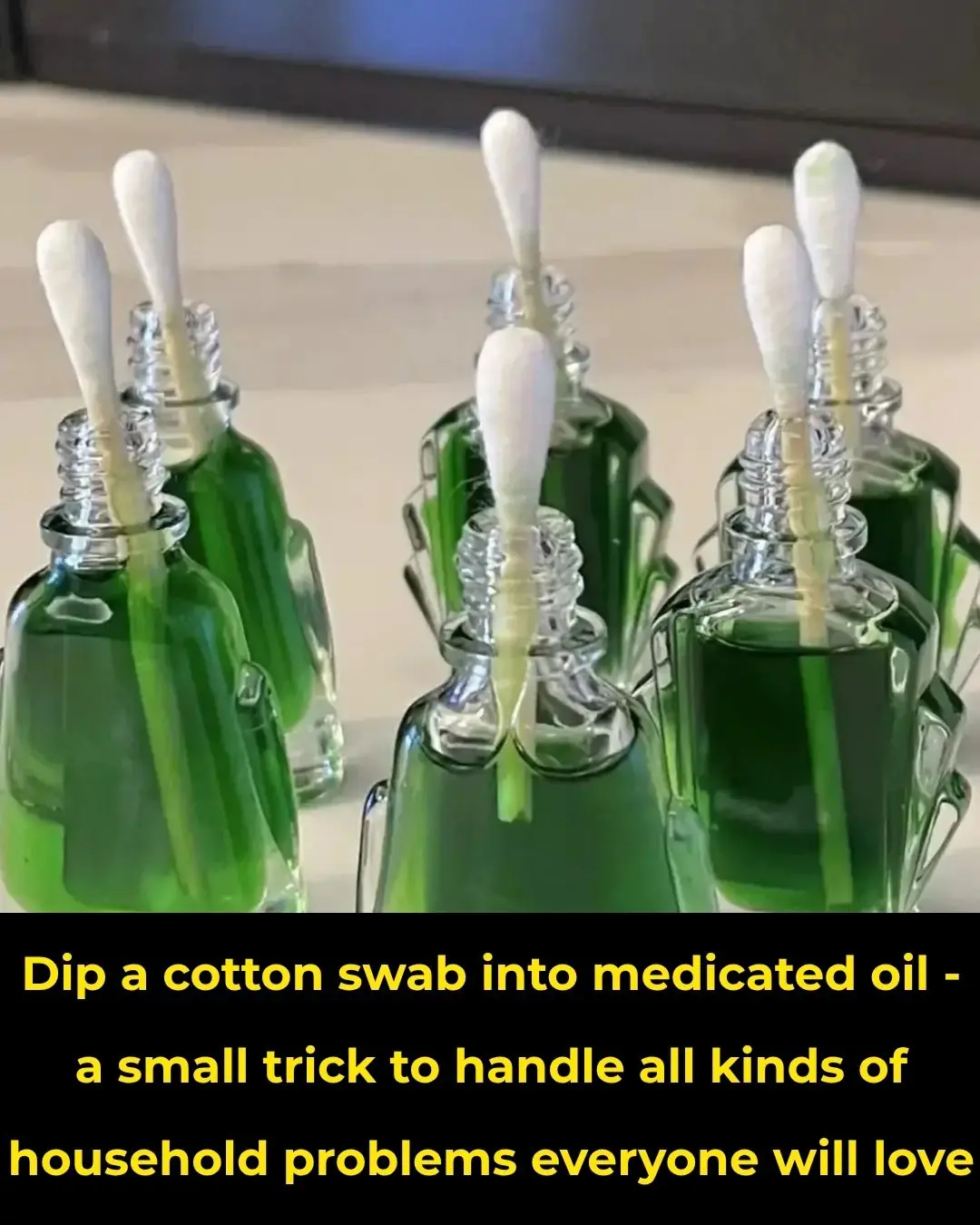
The Science Behind Putting a Cotton Swab in a Menthol Oil Bottle

More People Are Struggling with Visceral Fat — Doctors Reveal 9 Foods That Help Burn It Naturally
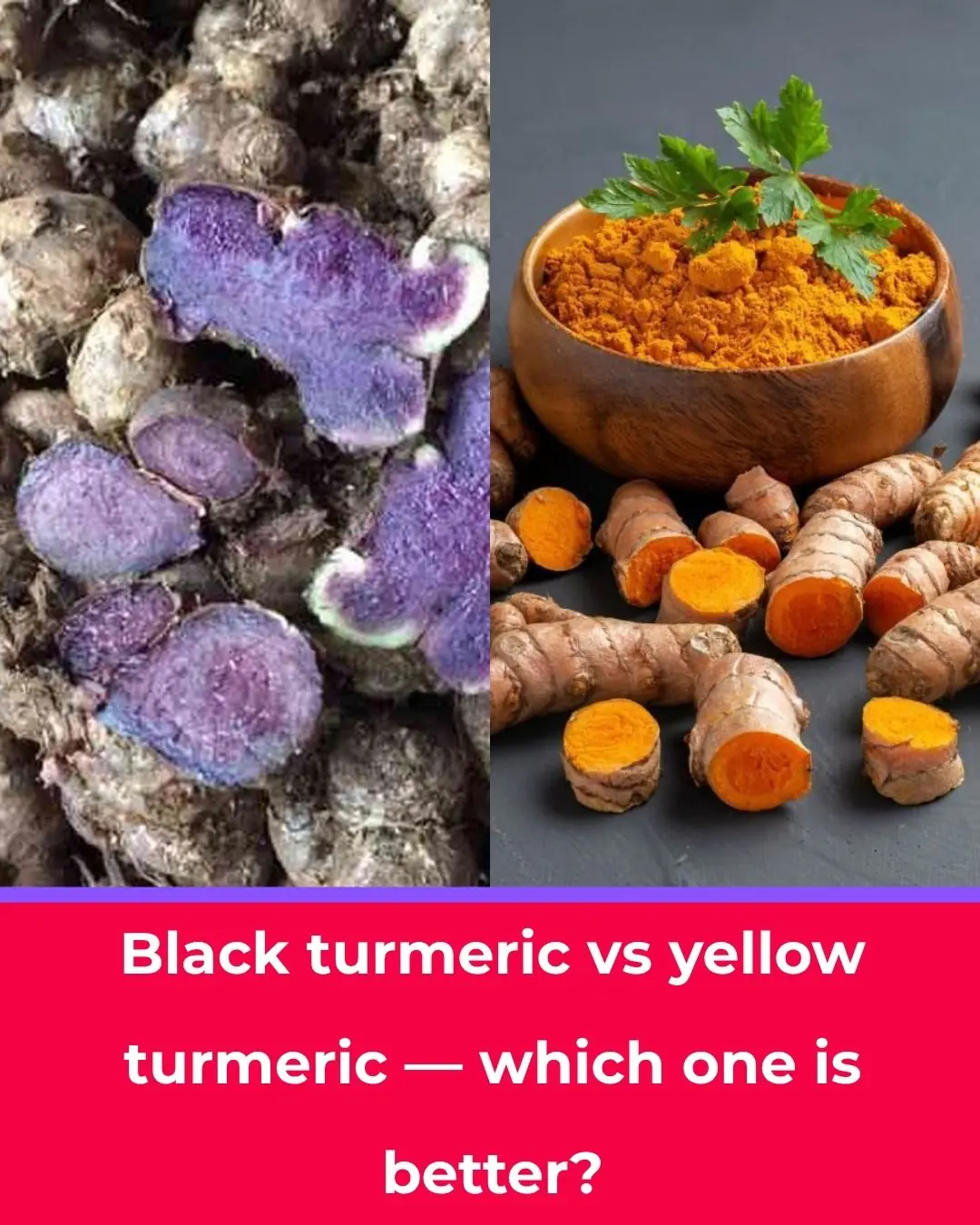
Black Turmeric vs. Yellow Turmeric: Which One Is Better?
News Post

The Best Tea for Mornings and After Dinner: A Powerful Blend for Health

Homemade Vitamin E Cream for Face – Vitamin E Oil benefits for Skin

DIY Rice Cream for Glowing Skin - The Ultimate Anti-Aging Moisturizer

This DIY curry leaves and lemon oil can give your hair healthy growth

Grow Date Trees From Seed (Start in a Pot → Plant Outdoors): The Complete, No-Stress Guide

Should You Place a Fan Close to or Far from the Bed While Sleeping? Many Homes Are Doing It Wrong
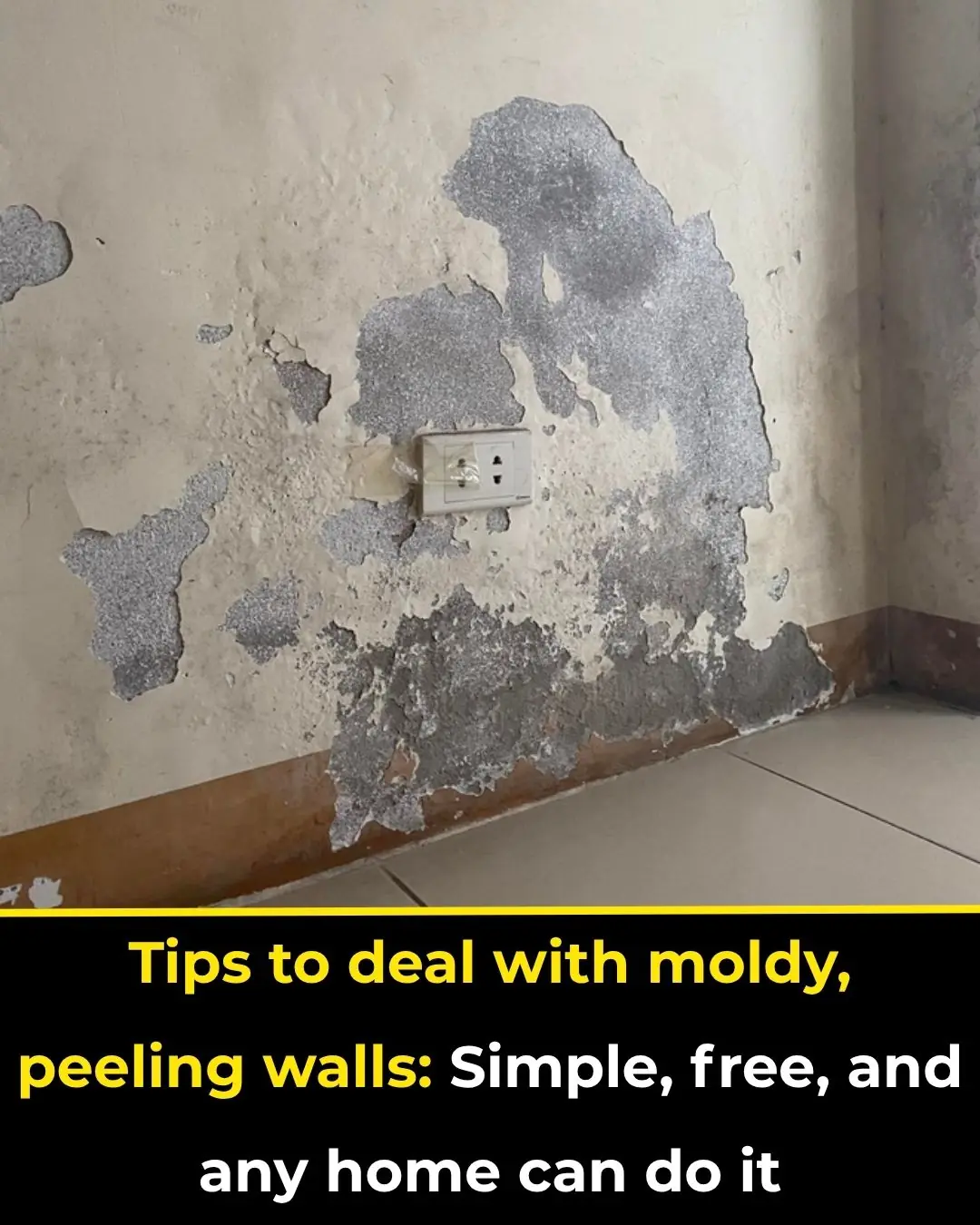
Simple, Cost-Free Ways to Fix Moldy or Peeling Walls — Easy Solutions for Every Home
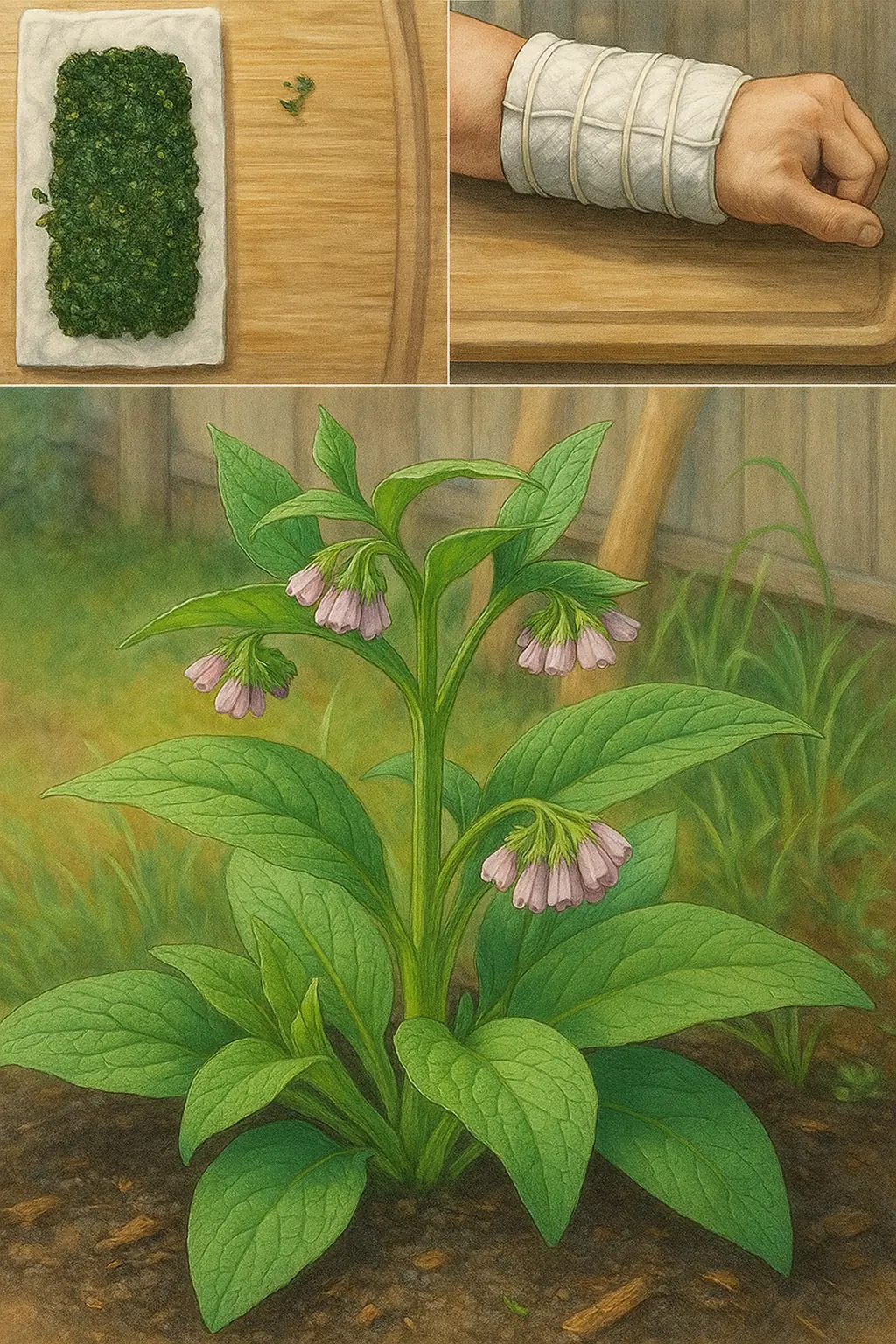
The Incredible Benefits of Common Comfrey: Uses, Remedies, and Precautions

Why Do Fish Sellers Often Use Black Plastic Bags? A Simple Trick Few People Notice
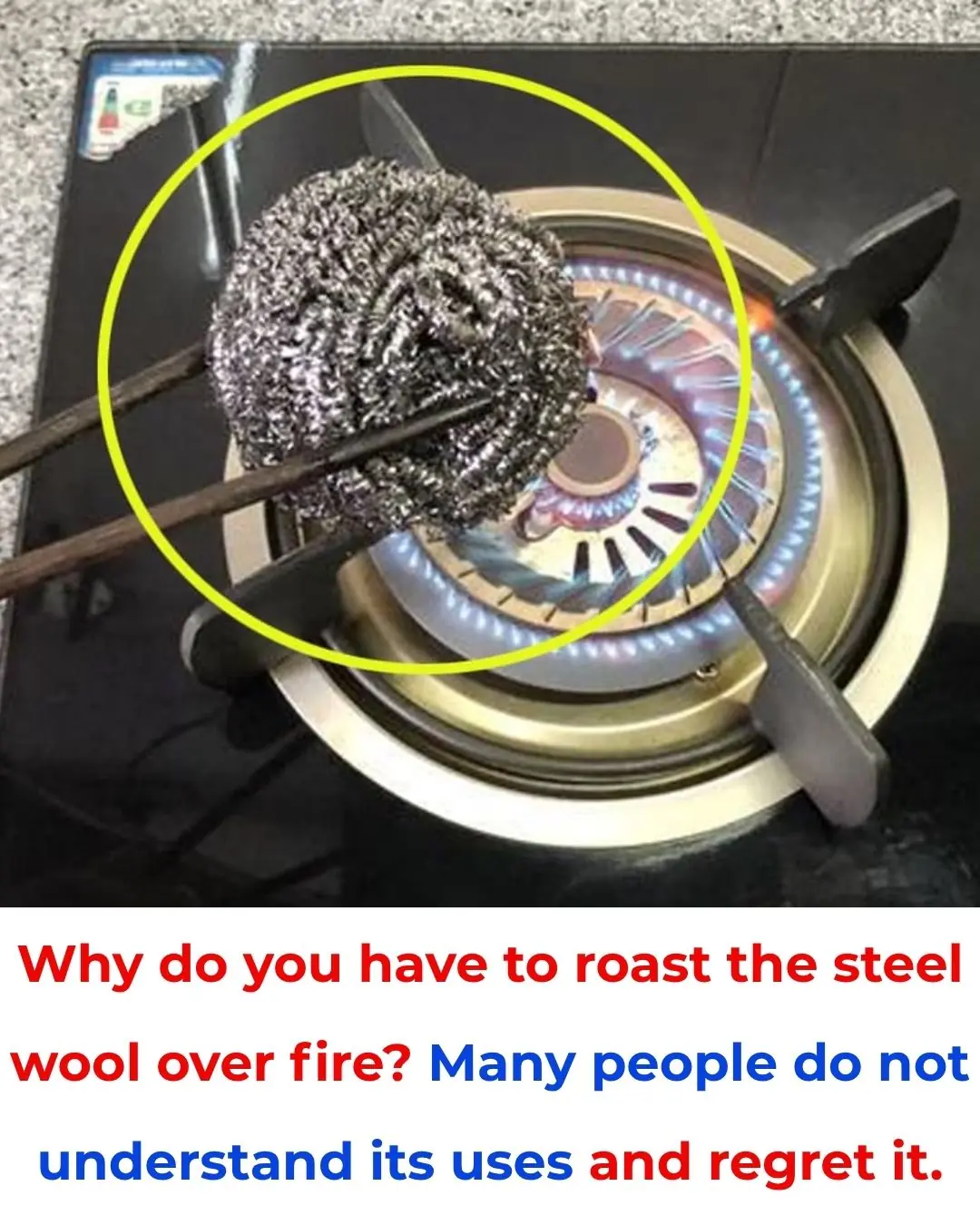
Why Do We Burn Steel Scrub Pads Over Fire? Many People Don’t Know This Useful Trick

Scientists discover evidence of 'Adam and Eve' living 200,000 years ago

14 Reasons to Drink Lemon Water First Thing in the Morning
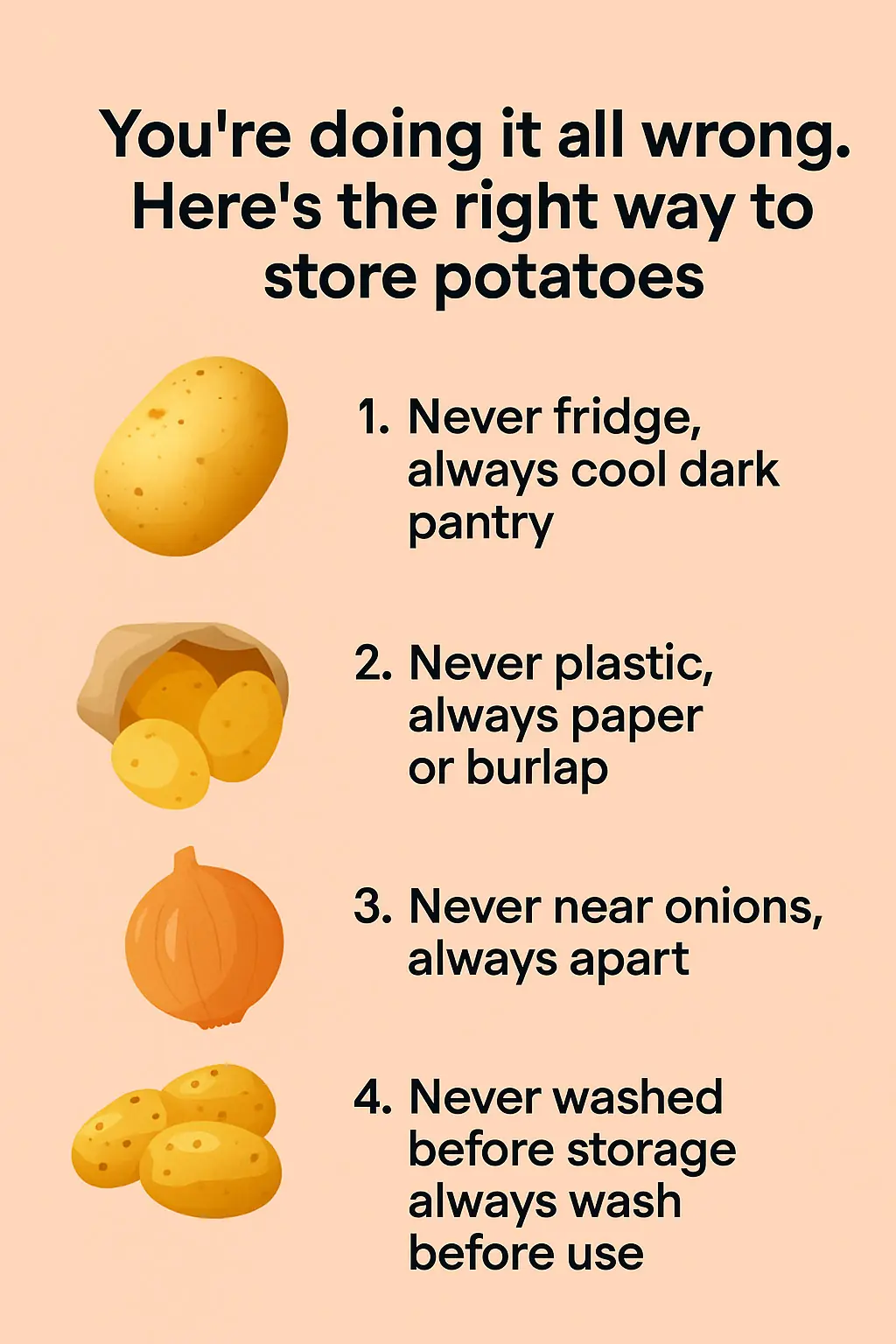
You're doing it all wrong. Here’s the right way to store potatoes
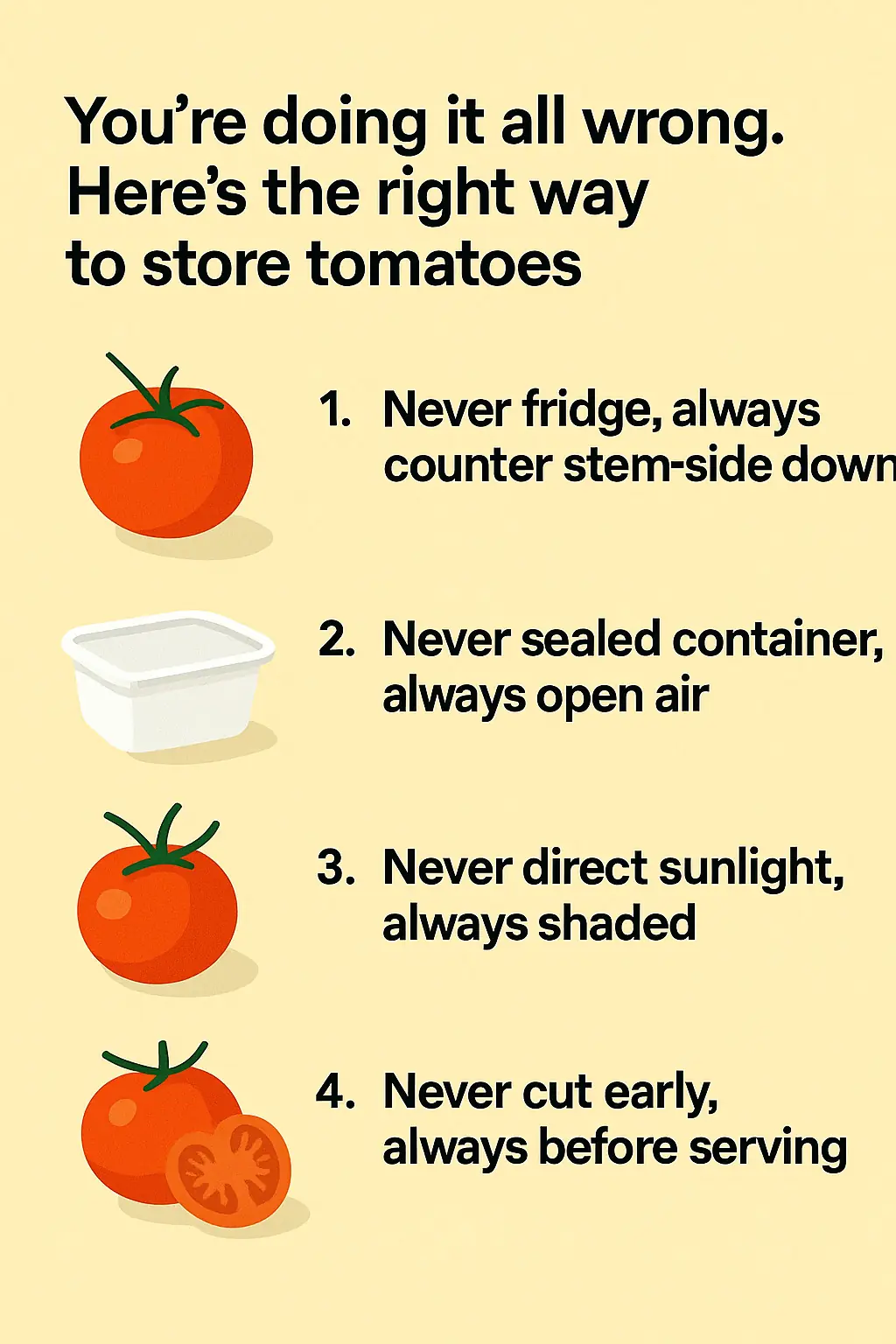
You're doing it all wrong. Here’s the right way to store tomatoes

Drink THIS every morning to BOOST leg circulation!
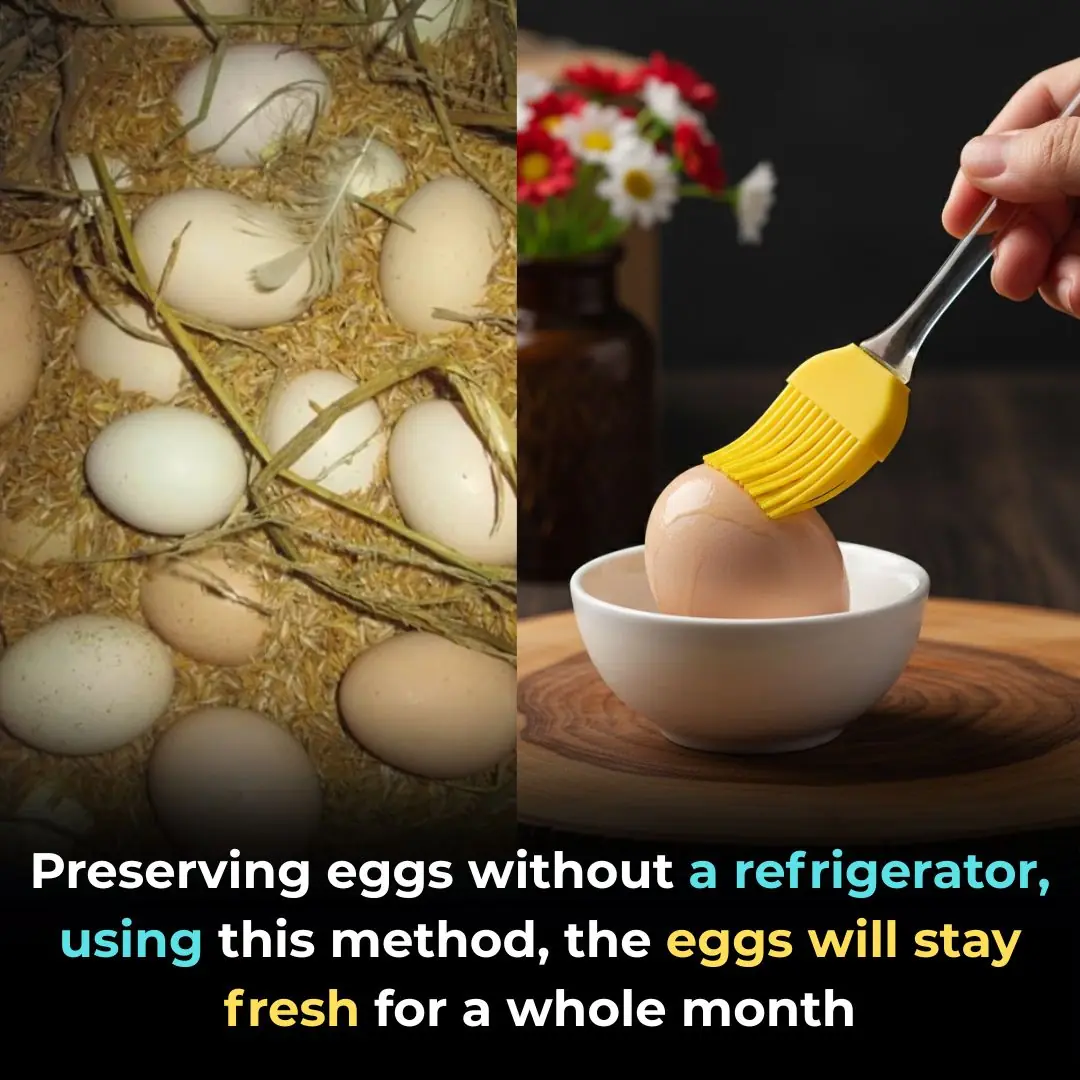
Preserving eggs without a refrigerator, using this method, the eggs will stay fresh for a whole month

Drop a Silver Foil Ball Into Your Toilet — The Results Are Surprisingly Brilliant

5 Amazing Health Benefits of Drinking Fresh Turmeric Water
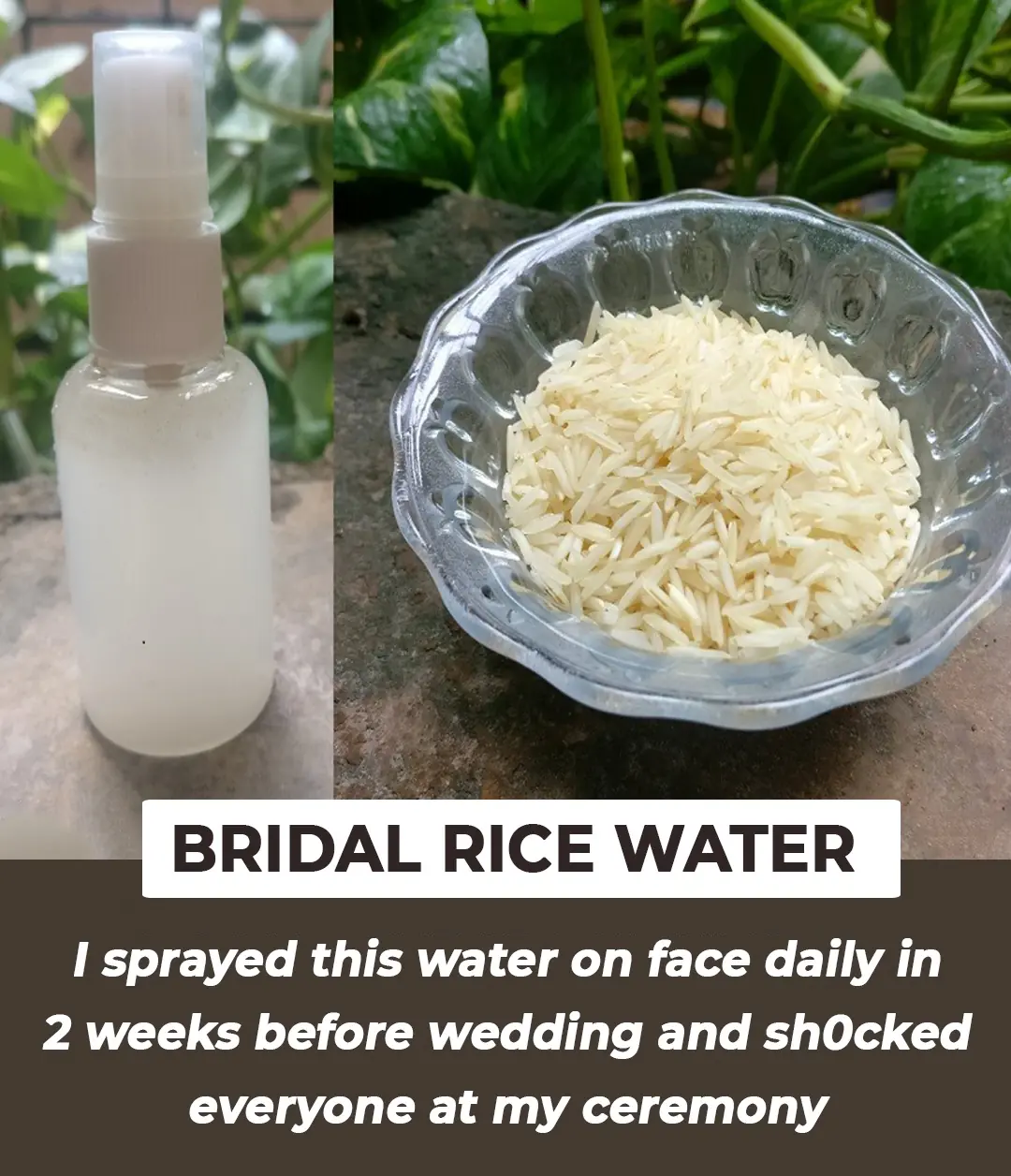
Rice Water for Skin | DIY Toner Benefits to Remove Dark Spots & Shrink Large Pores
